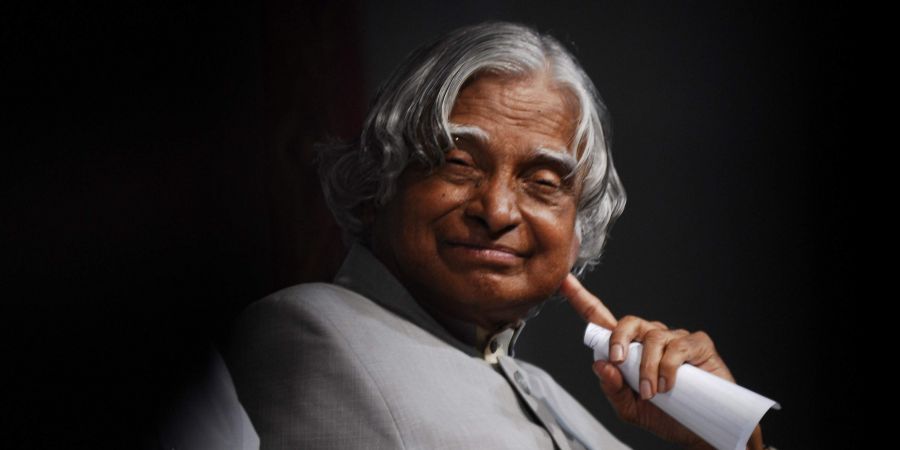

Only once every century do great personalities emerge, leaving an impact on future generations of millennials. Dr. APJ Abdul Kalam is one such outstanding individual in whom we shall always have pride. His full name was Avul Pakir Jainulabdeen Abdul Kalam, and he was born on October 15, 1931, in Rameswaram, Madras Presidency, and passed away on July 27, 2015, in Shillong. He was a scientist from India who later rose to become the 11th President of India. He contributed significantly to the creation of India's missile and nuclear weapons programmes. Learning about this great guy through his biography is an extraordinary honour for us. Without further ado, let's get going.
Poor Tamil Muslims gave birth to Dr. A P J Abdul Kalam. He resided with his family in Rameswaram, a city known for its temples in Tamil Nadu, where his father, Jainulabdeen, owned a boat and served as the imam of a nearby mosque. His mother Ashiamma worked as a housekeeper at the same time. Kalam was the youngest of a family that included four brothers and one sister. Wealthy landowners and tradesmen, Kalam's ancestors owned huge parcels of land. However, over time, the opening of the Pamban Bridge significantly hurt their businesses of transporting pilgrims and trading goods. Kalam's family was left feeling inadequate as a result, and they had a difficult time making ends meet. Kalam had to sell newspapers at a young age.
Despite Kalam's ordinary academic performance, he put in a lot of effort and had a strong desire to study. He put in a lot of study time and had become particularly interested in maths. Kalam attended Saint Joseph's College in Tiruchirapalli after finishing his early schooling at Schwartz Higher Secondary School. He received his physics degree from Saint Joseph's College in 1954. In order to study aerospace engineering at the Madras Institute of Technology, he relocated to Madras in 1955.
Following graduating in 1960, Kalam began working as a scientist in the DRDO's aeronautical development division. He created a miniature hovercraft that launched his professional career. His decision to work with the DRDO, however, did not win him over. When Kalam was transferred to ISRO in 1969, he oversaw the launch of India's first satellite. In July 1980, the satellite vehicle successfully launched the Rohini satellite into a low-Earth orbit. In the 1970s to the 1990s, Kalam received LV and SLV projects from the government. He oversaw two initiatives called "Project Devil" and "Project Valiant," both of which attempted to use the SLV program's successful technology to create ballistic missiles. Kalam managed to persuade Indira Gandhi and get covert funding for these aerospace initiatives. His extensive expertise and research enabled him to
